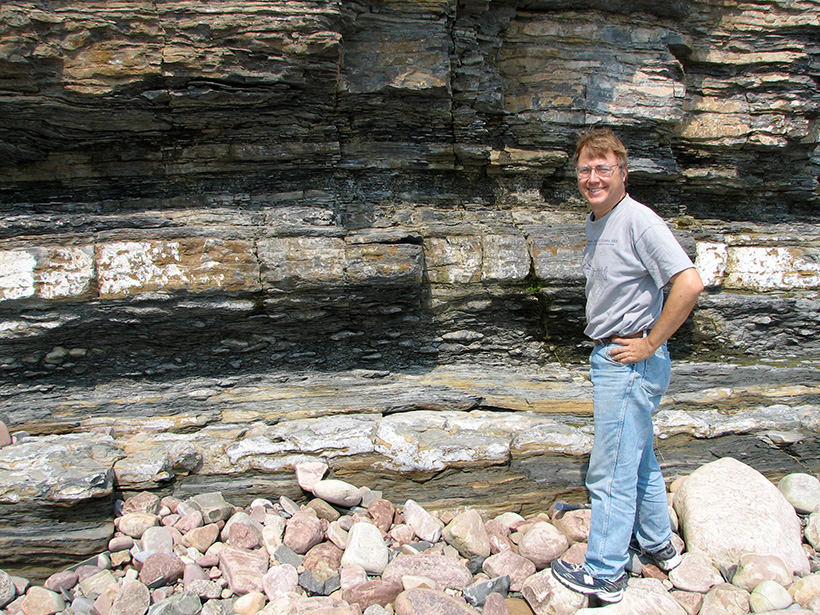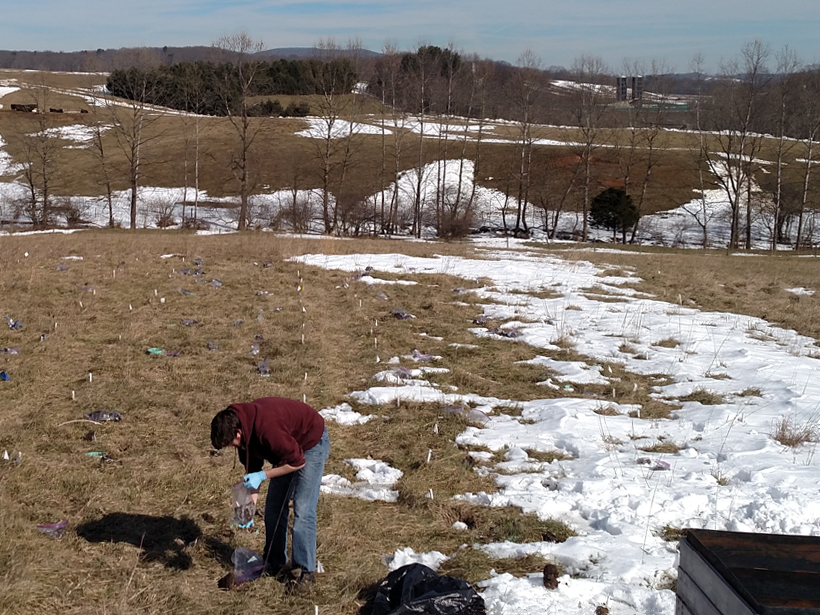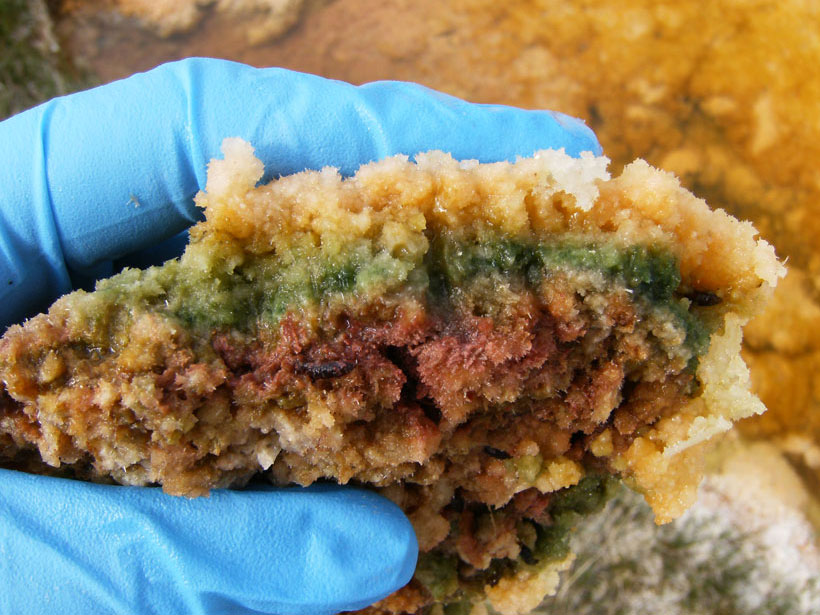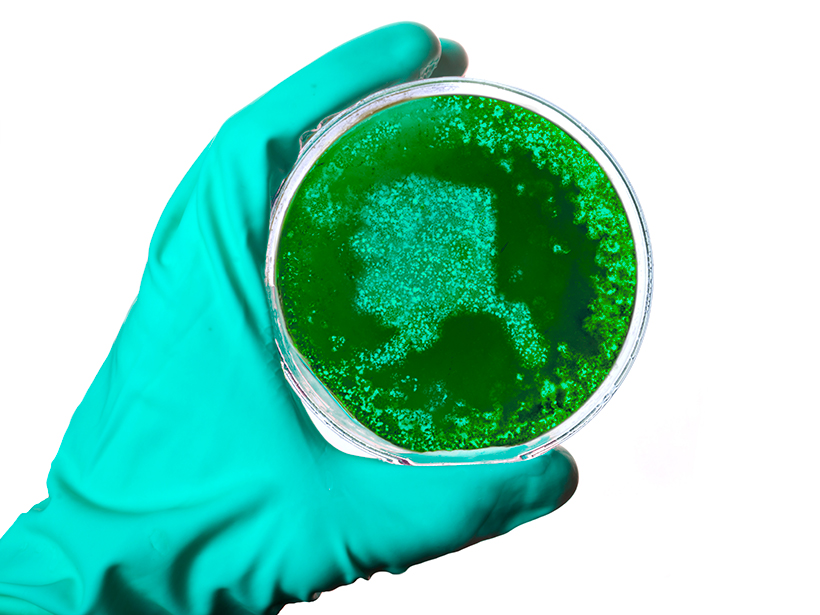The Earth historian’s new book illustrates the long and winding road that brought our planet into the current moment of global change.
L. Poppick
Laura Poppick is a freelance science and environmental journalist based in Maine. She has a background in geology and worked as a lab manager in the Princeton University Geosciences Department before pursuing a career in journalism. She is a graduate of the University of California, Santa Cruz Science Communication Program and has written for Scientific American, WIRED, Audubon, Smithsonian, Science, and elsewhere.
Manure Happens: The Environmental Toll of Livestock Antibiotics
New findings suggest antibiotics in cow manure can alter soil microbial activity, with implications for soil fertility and carbon emissions.
Resilient Peatlands Keep Carbon Bogged Down
Boreal peatlands contain some of the world’s largest reservoirs of soil carbon, and new research suggests some peatlands may hold on to that carbon even as the climate changes.
How Volcanic Mountains Cool the Climate
Though coastal plutons spew greenhouse gases into the atmosphere as they form, they also pull some of those gases back out of the atmosphere as they break down over time.
The Carbon Market Potential of Asbestos Mine Waste
Researchers have devised new methods to turn toxic asbestos mine tailings into innocuous piles of carbonate rock and draw down atmospheric carbon dioxide at the same time.
Why Is the Gulf of Maine Warming Faster Than 99% of the Ocean?
The Gulf of Maine’s location at the meeting point of two major currents, as well as its shallow depth and shape, makes it especially susceptible to warming.
Alaska Spotlights Its Health Risks from Climate Change
In the only Arctic state in the United States, Alaskans have already been affected by health repercussions of warming. More and worse lie ahead, a new state health report says.
Engineering New Foundations for a Thawing Arctic
Researchers experiment with new building supports to prepare the Arctic for rapid shifts in permafrost and ground stability.








